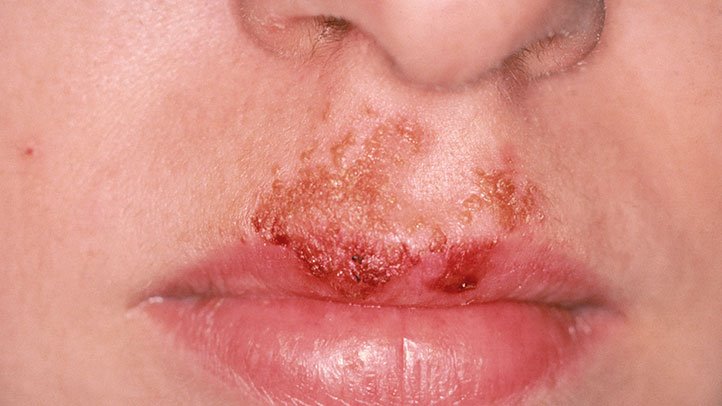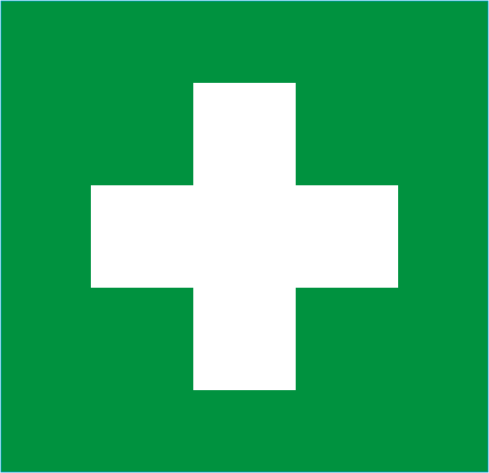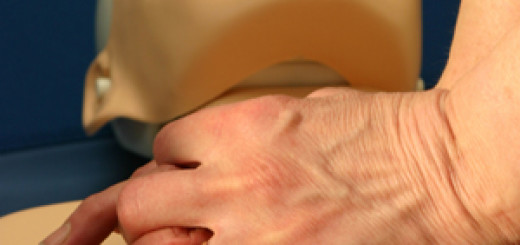First Aid for Impetigo
This is a highly contagious bacterial skin infection that occasionally spreads among large numbers of children in day care, schools and camps. It occurs most frequently in the summer months and in areas with a warm, humid climate.
The disease can develop in children of all ages. It begins with a rash of small, reddish blisters that rapidly increase in size. They soon rupture and leave a raw, moist surface with a yellowish discharge that forms a thick, honey-colored crust. The sores are commonly seen around the mouth and nose, but they can also develop on the scalp, arms and legs. In some cases, individual sores fuse together to form a large, scablike crust. In one variety of impetigo, the broken blisters leave a raw, reddish spot covered by a shiny film instead of crusting over.
Apart from the rash there are usually no other symptoms, but in severe cases the affected skin may be swollen and tender to touch. Sometimes, there may be itching, a mild fever and swollen lymph glands.
What Causes Impetigo?
The disease can be caused by two types of bacteria—streptococci and staphylococci. The infectious organisms can spread through direct contact or through contaminated objects such as sheets. The bacteria penetrate the skin through an opening— insect bite, a cut, a wound or an area already irritated by a condition such as eczema— spread quickly to cause numerous sores.
Signs and Symptoms of Impetigo
Any time a child develops red sores that quickly crust over, he or she may have impetigo. Your suspicion should be particularly high if the child’s siblings or classmates have similar sores.
Seeking Medical Assistance
A doctor should examine sores that resemble impetigo since other conditions—particularly herpes and chickenpox—may look much the same. In addition, the doctor may scrape some material from the cells for laboratory examination—specifically, a culture to determine the type of bacteria involved.
In rare cases, streptococcal impetigo triggers a kidney disorder called glomerulonephritis. If streptococcus is identified in the sores, the physician may warn you to watch for signs and symptoms of this complication.
Treatment for Impetigo
If the infection is mild and the affected area is small, treatment with antibiotic ointment may be adequate. However, many children need systemic antibiotics orally or by injection.
With proper treatment, impetigo improves within three to four days. Healing is complete in about ten days. If treatment is delayed, however, the infection takes longer to heal. Without treatment, it may persist for months and leave scars or affect the color of the skin. It can also make the skin vulnerable to other infections, such as herpes.
Preventing the Spread of Impetigo
- Seriously affected children should stay out of day care or preschool until two days after starting antibiotics.
- Keep the child’s towels and washcloths separate from those of other family members, and launder them carefully after each use.
- If there is an outbreak of impetigo in the vicinity or in your household, apply an antibiotic cream to insect bites and wounds to prevent infection.
Caring for a Child with Impetigo
Whether the child receives antibiotics or not, the following measures will speed improvement.
- Trim the child’s nails to prevent scratching.
- Give the child daily baths.
- Gently wash the affected skin with soap and water to remove the crust. Afterward, dab the area dry.
- To make crust removal easier, apply wet compresses.
- Apply an antibiotic ointment or cream prescribed by the doctor.
- Give oral antibiotics if prescribed by a doctor.







good